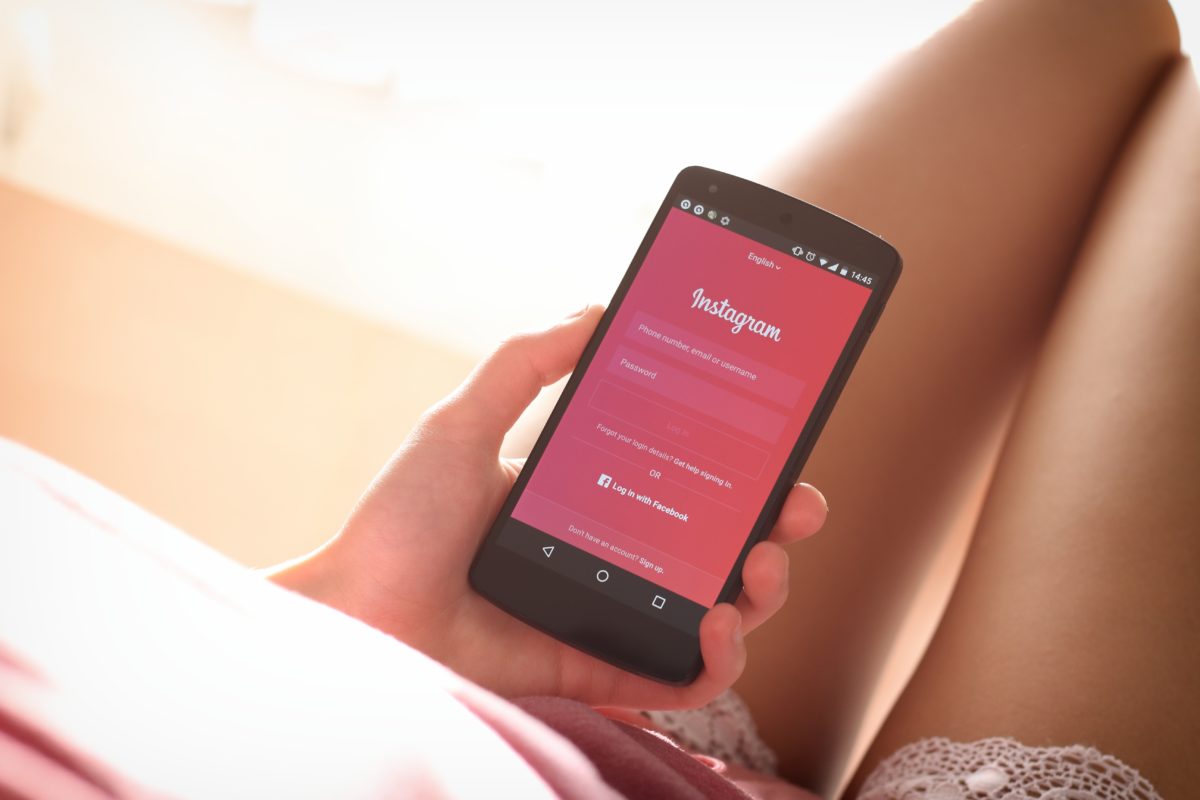Happy birthday, Instagram! Today, it is Instagram’s eighth birthday. In the past eight years, many has changed about the app. It has transformed itself to become one of the biggest, most popular social media platforms in the world. What has made the app so significantly big?
On the 6thof October 2010, Instagram was launched, solely being available in the App Store yet. One and a half year later, it became available for Android as well. Its initial purpose was allowing users to share pictures with family and friends, and its competitive edge was the ability to professionally adjust photos by giving filters and frames. (Otto, 2018)
Ever since, Instagram has grown significantly, due to its network effects. Being a platform, Instagram gained great value by its community, i.e. the users of the app. The positive same-sided network effects came at play when an increased number of users attracted an ever-growing number of users. When one did not have Instagram yet, he or she would become very curious what kind of pictures, and later on also videos, users of Instagram shared. Soon, they would start using the app as well.
Currently, Instagram has become a platform where ‘normal’ people can become famous and a role model for many; they become so-called ‘influencers’ and have numerous followers. However, this had led to much critique as well: the lives of influencers seem ever-perfect. They seem to travel nonstop, are always very good-looking, are extremely fashionable, and experience many cool events. One may wonder how ‘true’ this depiction of reality is. Despite their many followers, many users of Instagram may also become annoyed because of the ‘overload’ of Instagram influencers. This, in turn, may lead to negative same-sided network effects: users may stop using the app, because they feel annoyed by those influencers.
What do you think? May the overload of Instagram influencers lead to negative same-sided network effects? Or do you believe the option to ‘unfollow’ those influencers will diminish the negative same-sided network effects sufficiently?
References:
Otto, R., 2018. Acht jaar Instagram: ‘Normale mensen kunnen rolmodellen worden. Nu.nl. Retrieved from: https://www.nu.nl/apps/5498408/acht-jaar-instagram-normale-mensen-kunnen-rolmodellen-worden.html


Thanks for encouraging us to think about what network effects will appear for Instagram due to the rise of influencers. I do agree with you in that “normal users” (i.e. those using it for private photo sharing) might become annoyed by too many influencers posting perfect pictures and nowadays almost solely advertising for brands. I believe that because of that some “normal users” will actually stop using the platform and move to less crowded platforms. However, I disagree with you that this would be seen as negative same-side network effects. I rather see influencers as advertisers (similar to advertisers on facebook) and therefore as a different side compared to “normal users”. Hence, the above described phenomenon would be negative cross-side network effects.
Great post! Instagram has changed a lot in the past couple years. The app was first developed for people that simply only wanted to share their pictures without having all the other options that other apps like Facebook offered. However, slowly but surely Instagram is trying to offer more and more services to its users. For example, the introduction of IGTV. Could it be that Instagram is expanding its offerings in order to attract more users? Or could it be that it is trying to create more ‘user’ satisfaction since most of them are getting bored from seeing the same, perfectionized feed of influencers every day? Will people lose that personal touch of sharing pictures on Instagram since they will get lost in the mass anyways? I believe that Instagram should try to bring back the personal connections that people once had with the app to encourage the users to keep posting and using the app.